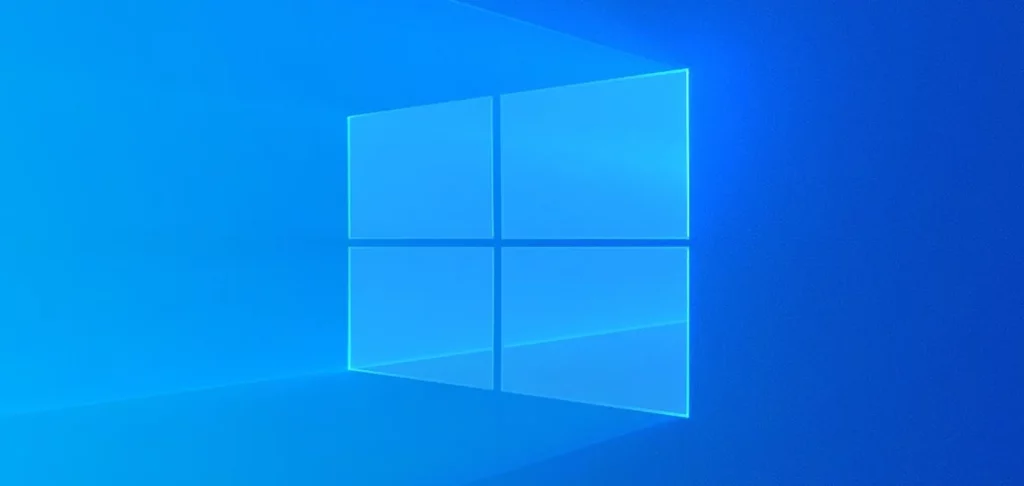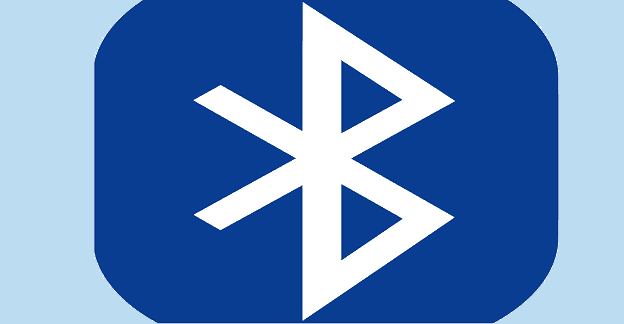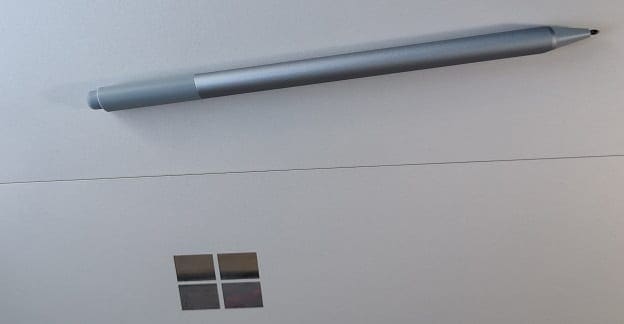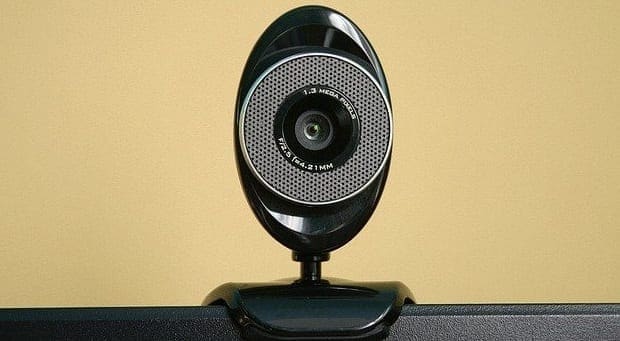This guide is for all the Windows 10 Home users who are considering switching to Windows 10 Pro. Or maybe you’re a Windows 10 Pro user and you want to give the Home version a try. On the other hand, if you’re still running Windows 7 and you’re not sure which Windows 10 version to choose, this guide will come in handy.
This post is also for macOS or Linux users who are thinking about switching to Windows 10. If you’re sitting on the fence, this guide will help you to identify which OS version best suits your needs. Let’s dive right in, shall we?
Contents
- 1 What’s The Right Windows 10 Version For Me?
- 2 What’s The Difference Between Windows 10 Home and Pro in Terms of Features?
- 2.1 Security differences
- 2.2 Remote Desktop
- 2.3 Hyper-V
- 2.4 Mobile Device Management
- 2.5 Group Policy
- 2.6 Enterprise State Roaming with Azure
- 2.7 Microsoft Store for Business
- 2.8 Assigned Access
- 2.9 Dynamic Provisioning
- 2.10 Windows Update for Business
- 2.11 Support for Azure Active Directory
- 2.12 System Requirements for Windows 10 Home and Pro
- 2.13 Conclusion
What’s The Right Windows 10 Version For Me?
Choosing between one version over the other involves asking yourself a series of questions.
- What am I going to use the computer for? Is it for everyday use, entertainment, or work-related tasks?
- Are productivity features important?
- Do I need to manage other devices?
- Does my device meet the system requirements for running a particular Windows 10 version?
Who Should Choose Windows 10 Home
If you’re going to use your computer for common tasks such as browsing the Internet, watching movies, sending and receiving emails, playing games, then Windows 10 Home is the right choice for you.
If you occasionally use the computer for work-related tasks or you’re a student, you’ll be fine with the Home edition. It supports plenty of productivity features such as Cortana, Microsoft’s digital assistant, Mail, Edge, and more.
Security-wise, Windows Hello allows you to sign in using fingerprint or facial recognition. No one else will be able to log in to your computer.
Moreover, the Windows Security Center can successfully protect your computer against the latest cybersecurity threats.
If you want to learn more about Windows 10 Home, read our review.
Who Should Choose Windows 10 Pro
If you’re going to use your computer primarily for business and work-related tasks, then Windows 10 Pro is the right choice for you. You’ll get plenty of features that are not supported on Windows 10 Home. With the help of these features, you’ll be able to better control your updates, manage other devices, and protect your data.
Windows 10 Pro is great for small and medium-sized business owners. You’ll get cloud security support, extra productivity tools, remote access to the devices you’re managing, additional data protection options, and much more.
The Price
There’s also a price tag difference between the two versions. Since Windows 10 Pro packs additional features, it comes with a higher price tag: $199.00 vs. $139.00 for the Home edition.
But There’s a Catch
Although Microsoft officially ended the free upgrade offer in 2016, you can still upgrade from Windows 7 or Windows 8.1 to Windows 10 home for free even to this day.
Use the Windows Update Assistant, follow the on-screen instructions and you can upgrade to Windows 10 Home for free without shelling $139.00.
So, if money plays an important role in your decision, choose Windows 10 Home.
What’s The Difference Between Windows 10 Home and Pro in Terms of Features?
If you were to put a Windows 10 Home PC next to a Windows 10 Pro computer, spotting the differences between the two operating systems would be pretty hard. This is because the two OS versions have many features in common.
While Windows 10 and Windows 10 Pro share many common features and characteristics, there are specific differences between the two.
Security differences
Bitlocker
As far as security is concerned, Windows 10 Pro has three extra security features compared to Windows 10 Home. These are BitLocker, Windows Information Protection (WIP), and Sandbox.
More specifically, BitLocker device encryption allows you to encrypt your device so that only authorized users may access the data stored on it.
Windows Information Protection
Windows Information Protection is a set of security policies that protects companies from accidental data leakages. If your employees use personal devices to complete work-related tasks, WIP helps you to protect your company’s data on employee devices.
To sum up, these two security features help companies to better protect their data.
Sandbox
Windows Sandbox is a security feature that lets users run programs in a self-contained virtual environment. If you suspect a program is malware-ridden on you’re not sure what it does, you can run it safely in the Sandbox.
Remote Desktop
While Remote Desktop is available on both OS versions, there’s a major difference in terms of functionality. If you have Windows 10 Home, you can connect to a Remote Desktop computer, but you can’t control that PC remotely.
On the other hand, Windows 10 Pro’s Remote Desktop feature lets you access all the programs, folders, as well as network resources on that RD computer.
Hyper-V
Windows 10 Home cannot run Hyper-V. This means you cannot use Microsoft’s very own hypervisor to create and run virtual machines on this OS edition.
Mobile Device Management
Mobile Device Management or MDM is only available on Windows 10 Pro. This tool lets IT admin secure and manage Windows 10 devices. They can use MDM to control what apps can run on a specific device, install or uninstall programs, restrict remote access to specific devices, and more.
Group Policy
Group Policy is only available on Windows 10 Pro. This nifty tool allows admins to define specific policies for users and devices. For example, a Group Policy can be used to block guest accounts from accessing network shares.
Basically, Group Policy lets admins define what users can or cannot do.
Enterprise State Roaming with Azure
Enterprise State Roaming is a very useful tool for large companies. It can help streamline operations by offering a unified experience across Windows devices. The time necessary to configure the device of a new employee is also greatly reduced with ESR.
Microsoft Store for Business
Windows 10 Pro gives you access to a special Microsoft Store for Business version. There’s a long list of productivity and security apps that you can download. Additionally, IT admins can distribute these apps to other Windows 10 Pro devices in volume.
Assigned Access
With the help of Assigned Access, IT admins can configure Windows 10 Pro devices to run differently for each category of users. For example, you can restrict users to access a single Windows program.
Dynamic Provisioning
With Dynamic Provisioning, IT admins can configure new Windows 10 devices without using a new custom organization image. As a result, the deployment process is simplified. In other words, IT admins can turn a new computer into a production-ready device much quicker.
Windows Update for Business
This feature offers Windows 10 Pro users more control over the updates deployed on their devices. IT admins can decide what updates to install, when, and select the devices that will get these updates.
Windows 10 Home users have very few options when it comes to deciding what updates to install and when.
Support for Azure Active Directory
Thanks to Azure AD, users can utilize a single login across all their accounts. Logging in gets simpler, quicker, and more secure.
System Requirements for Windows 10 Home and Pro
Ensure your computer can run Windows 10 before installing the OS.
- 1 GHz or faster CPU.
- 1 GB RAM for 32-bit, or 2 GB for 64-bit.
- At least 20 GB of free hard disk space.
- Video card: 800 x 600 or higher.
- DirectX 9-compatible GPU with WDDM driver.
Note: If you choose to install Windows 10 Pro, make sure your computer has at least slightly better specs than the ones listed above. Running intense tasks on Windows 10 Pro may trigger all sorts of glitches if your device meets only the minimum requirements.
Conclusion
The most important question to ask yourself before choosing between one OS version over the other is this: ‘What kind of tasks am I going to run on this computer?’.
If you need an extra layer of security, and additional features to manage and control other computers, go for Windows 10 Pro.
If you’re going to use the computer primarily at home without running work-related tasks, Windows 10 Home is the right choice for you.




